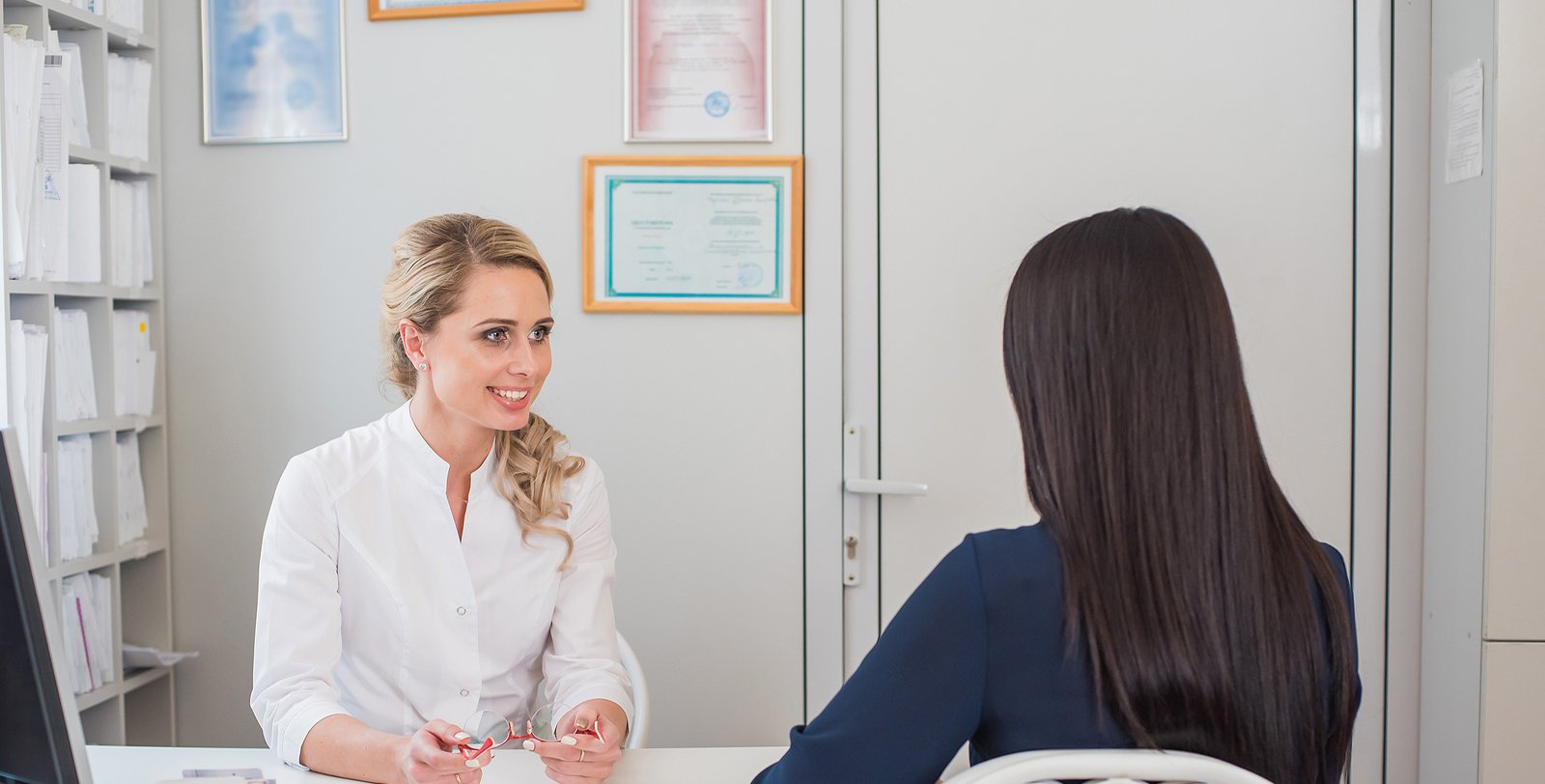
Ovarian reserve refers to the reproductive potential left within a woman’s two ovaries based on number and quality of eggs. Diminished ovarian reserve is the loss of normal reproductive potential in the ovaries due to a lower count or quality of the remaining eggs.
Normal aging causes most cases of diminished ovarian reserve but genetic defects, aggressive medical treatments that harm the reproductive system (radiation for cancer), some surgeries and injury can cause DOR as well. In many cases there is no apparent cause for a relative decrease in ovarian reserve.
Women diagnosed with diminished ovarian reserve have the same reduced success of conceiving with in vitro fertilization (IVF) as they do with natural efforts to conceive. In addition, women with DOR often have a greater risk of miscarriage when conceiving via IVF with their own eggs due to lower egg quality.
Ovarian reserve can also be considered a part of the biological clock, but this clock can vary from woman to woman. Some women continue to be fertile in their 40s, while others begin to lose their fertility in their 20s. In general, women start losing ovarian reserve before they become infertile and prior to the end of their menstruation, according to the American Society for Reproductive Medicine.
Women are born with around 2,000,000 eggs, which is all the eggs they’ll ever have. Eggs are continuously lost, so by the onset of puberty most women have around 400,000 eggs left. By a woman’s late 30s this number will have further declined to around 27,000. At the onset of menopause most women only have around 1,000 eggs left in their ovaries.
The main causes of diminished ovarian reserve are:
Diminished ovarian reserve presents no symptoms in most women. Some women may see a shortened menstrual cycle, such as from 28 days to 25 days. But for the most part, women find out they have DOR after diagnostic testing. These include transvaginal ultrasound and hormone evaluations for follicle stimulating hormone (FSH), estradiol (a form of estrogen) and the anti-Müllerian hormone (AMH).
FSH and estrogen are good indicators of fertility, as well as of a woman’s response to ovulation induction or stimulation, which can help her conceive. The anti-Müllerian hormone usually correlates well with fertility potential by reflecting the number of eggs left in the body.
These two hormone level tests, combined with a transvaginal ultrasound, can detect diminished ovarian reserve with a high level of certainty.
No treatments can slow ovarian aging and truly prevent diminished ovarian reserve. However, women with DOR who still want to conceive have options through assisted reproductive technologies.
When a woman is diagnosed with diminished ovarian reserve, she can take an immediate step and try fertility preservation. Fertility preservation involves retrieving a woman’s eggs from her ovaries and freezing them for later use. The best time for women to freeze eggs is when they are young and their ovarian reserve is better.
Women can also use ovarian superovulation, which is an exaggerated form of ovulation induction. This treatment uses injectable hormones to induce the woman to ovulate multiple eggs. The eggs are then collected for cryopreservation or for use in a fresh IVF cycle to create an embryo and implant it in the woman’s womb.
Donor eggs in conjunction with IVF are often the best option for women with a low ovarian reserve, especially if their remaining eggs are of low quality. A woman can achieve pregnancy using the donor eggs fertilized by her partner’s sperm (or donated sperm) and having the resulting embryo implanted in her uterus. Although the resulting child will not have the birth mother’s genes (but will have the genes of the egg donor and the partner’s or donated sperm), the recipient mother gets to carry a pregnancy to term and give birth.
Send Us A Message
90 Plain Street,
Providence, RI 02903
Copyright © 2025 Care New England Health System